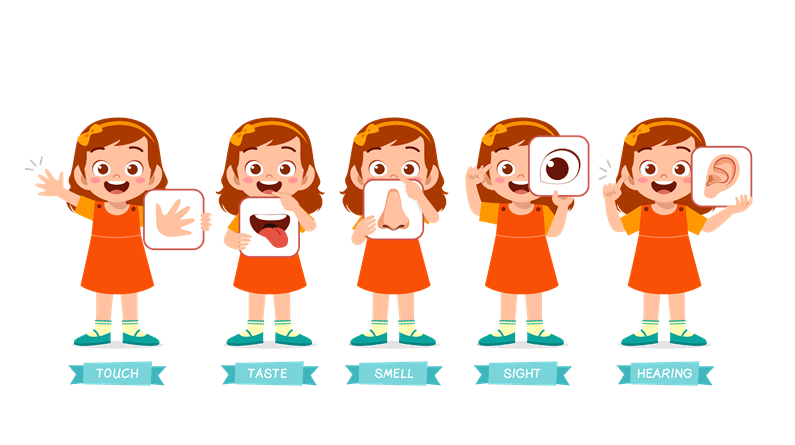Unlocking the Secrets of Kinesthetic and Proprioceptive Senses
While we’re familiar with the five traditional senses – hearing, feeling, seeing, taste, and smell – there are two additional senses that play a vital role in our daily lives: kinesthetic and proprioceptive senses.
Kinesthetic Sense: The Awareness of Movement
Kinesthetic sense, also known as kinesthesia, is the ability to perceive the movement of our legs, arms, and joints. This sense relies on sensations from our joints, muscles, tendons, ligaments, and other moving parts to inform our brain about our body’s movements.
How Kinesthetic Sense Works
When we move, our nervous system sends signals to our brain, which interprets these signals to understand the movement. This sense is essential for routine activities like walking, running, driving, and dancing. With practice and experience, our brain becomes more efficient at processing these signals, allowing us to perform tasks with greater ease and accuracy.
Proprioceptive Sense: The Sense of Body Position
Proprioceptive sense, or proprioception, is the ability to perceive the position of our body parts in relation to our torso. Nerve cells in our muscles, joints, tendons, and ligaments send signals to our brain, providing information about the position, movement, speed, and load on our limbs.
The Importance of Kinesthetic and Proprioceptive Senses
These two senses work together to:
– Form reflex circuits and provide feedback about body and limb position and movement
– Maintain balance and posture by integrating information from vision, vestibular, and proprioceptive senses
Impairment of Kinesthetic and Proprioceptive Senses
Impairment of these senses can occur spontaneously or temporarily, leading to experiences such as:
– Sudden feelings of missing feet or legs
– Falling down during walking
– Altered body perception during sleep or due to epilepsy or migraine aura
– Phantom limb syndrome, where individuals feel the presence of an amputated limb
By understanding the intricacies of kinesthetic and proprioceptive senses, we can appreciate the complex mechanisms that govern our movement, balance, and overall bodily awareness.
References:
https://pathways.org/topics-of-development/sensory/
https://www.acandakids.com/what-are-the-seven-senses/
https://eyaslanding.com/the-vestibular-and-proprioceptive-systems-the-sixth-and-seven-senses/
https://thesensorytoolbox.com/kinesthesia-proprioception/
https://en.wikipedia.org/wiki/Proprioception
https://www.britannica.com/science/human-sensory-reception/Kinesthetic-motion-sense#ref531342
https://www.sciencedirect.com/topics/neuroscience/proprioception-and-kinesthesia

